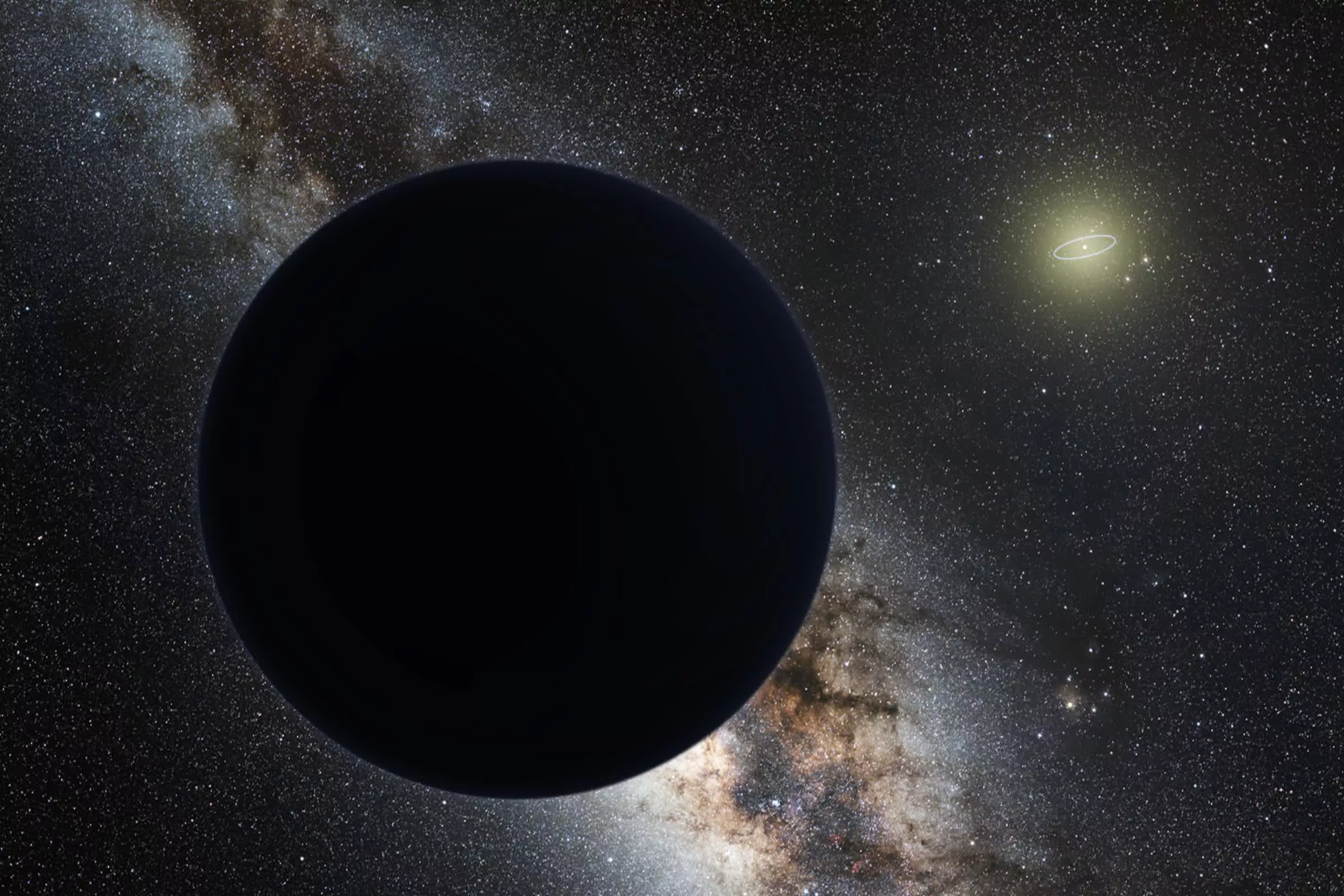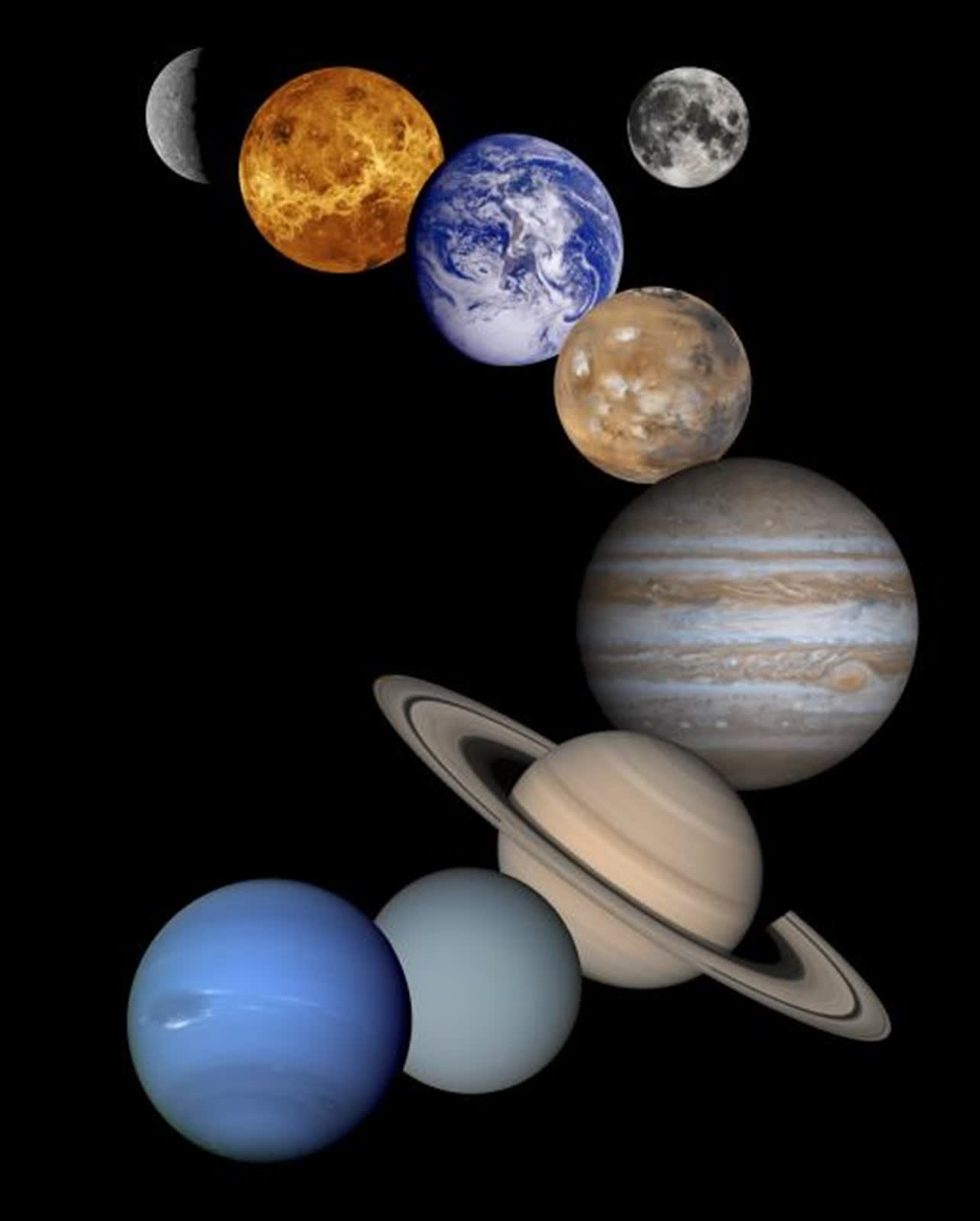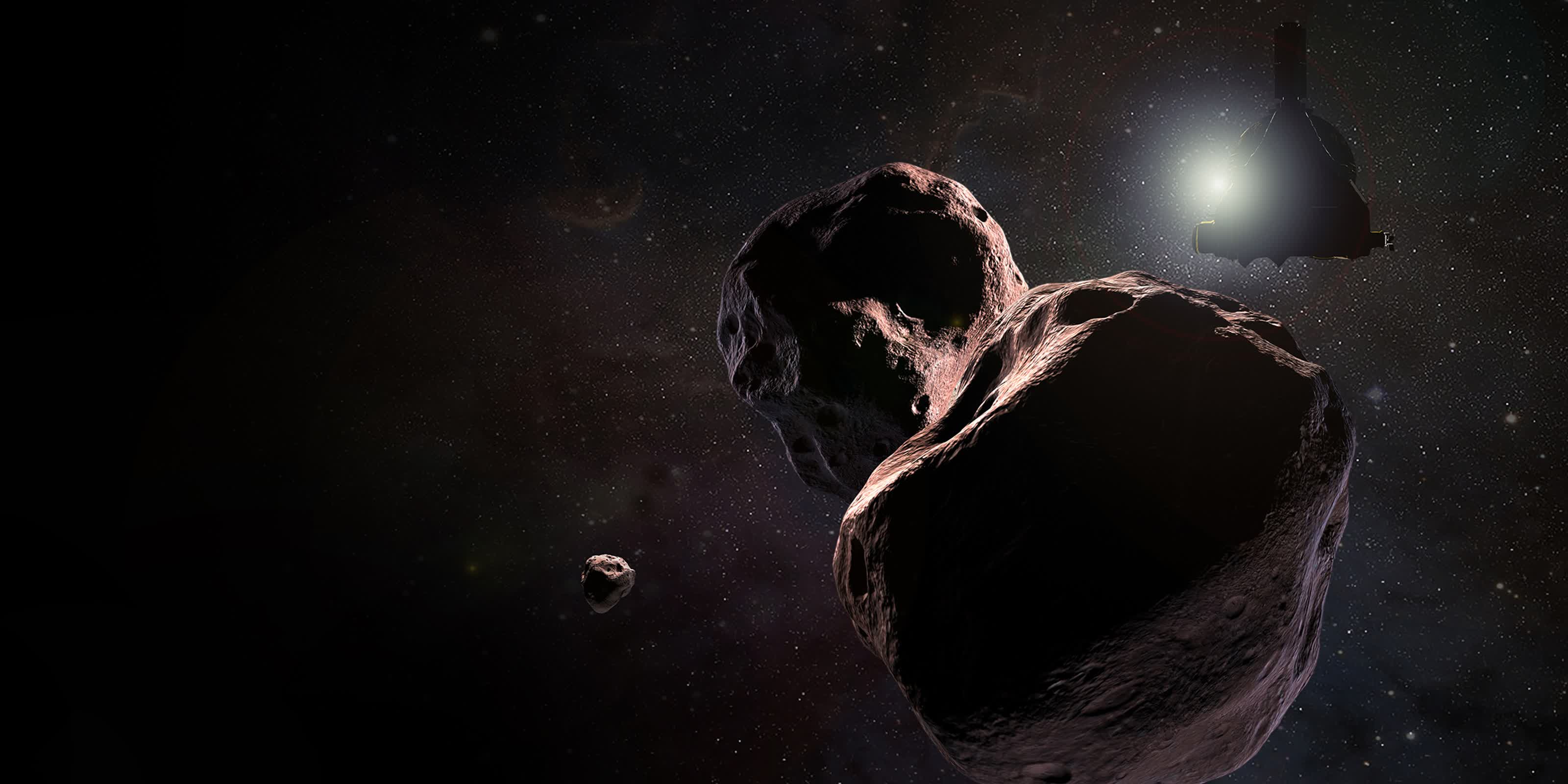What just happened? A newly identified object spotted in two infrared sky surveys may be the most substantial evidence for the elusive Planet Nine – a potential Neptune-sized world orbiting hundreds of times farther from the sun than Earth. Its unusual orbit and surprising mass raise questions about its origin, but astronomers will need follow-up observations with powerful telescopes to track its motion and confirm its identity.

Astronomers have long speculated about an unseen planet lurking in the solar system's outer edge. This hypothetical world, dubbed Planet Nine, could explain the unusual clustering of distant objects in the Kuiper Belt – a region beyond Neptune filled with icy bodies like Pluto. A new study led by astronomer Terry Long Phan of National Tsing Hua University in Taiwan may have uncovered the most compelling candidate yet, based on infrared data collected more than two decades apart.
Michael Brown and Konstantin Batygin of Caltech first proposed Planet Nine in 2016 to explain the peculiar orbits of several Kuiper Belt objects, including Sedna. Unlike the earlier concept of "Planet X" – linked to theories about periodic mass extinctions – Planet Nine is a massive body that likely follows a highly elongated orbit far beyond Neptune. Estimates place it hundreds of astronomical units (AU) from the Sun, with a mass exceeding Earth's. Its extreme distance makes direct detection an incredible challenge.
Phan's team took a novel approach by mining archival data from two far-infrared all-sky surveys conducted 23 years apart: NASA's Infrared Astronomical Satellite (IRAS), which launched in 1983, and Japan's AKARI satellite, active from 2006 to 2011. They looked for objects that appeared in the 1983 IRAS data but had shifted position in AKARI's later observations. At Planet Nine's expected distance, such movement would be slow – about three arcminutes per year – and further complicated by parallax effects from Earth's orbit around the sun.

To account for parallax, Phan's team analyzed AKARI data taken on the same calendar date each year, ensuring that any detected object would appear in the same position annually if it were distant enough. They also ruled out fast-moving, nearby objects by checking for motion hourly. This careful process led them to a single promising candidate: a faint dot that appeared in one position in IRAS's 1983 images but had shifted approximately 47.4 arcminutes in AKARI's 2006 data, consistent with the expected orbital motion of Planet Nine over 23 years. However, the data alone are insufficient to determine the object's precise orbit, and more recent observations are needed to confirm its identity.
"Once we know the position of the candidate, a longer exposure with the current large optical telescopes can detect it," Phan told Space.
He noted that follow-up observations would need to cover about three square degrees of sky to account for the planet's potential movement since 2006 – a task achievable with instruments like the Dark Energy Camera on the Blanco four-meter telescope in Chile.
Based on the object's brightness in IRAS and AKARI data, Phan estimates it could be more massive than Neptune – a surprising finding, as the team initially searched for a super-Earth-sized body. Previous surveys, such as NASA's Wide-field Infrared Survey Explorer (WISE), have ruled out Jupiter-sized planets out to 256,000 AU and Saturn-sized planets out to 10,000 AU, but a Neptune-sized planet could still have eluded detection.
Phan argues that WISE data failed to identify a convincing counterpart because the candidate has moved since 2006, and without a well-defined orbit, its current position remains uncertain. If confirmed, the candidate's orbit would be highly unusual, swinging from about 280 AU to 1,120 AU from the Sun – vastly farther than Neptune's 30 AU orbit. Such a distant path raises significant questions about its origin.

Planet Nine is believed responsible for the unusual clustering of distant objects in the Kuiper Belt.
"One possibility is that Planet Nine formed closer to the sun, perhaps near the region where Jupiter, Saturn, Uranus and Neptune formed, and was later gravitationally scattered outward by one or more of these giant planets during the early days of the solar system," Phan said.
Alternatively, it could be a rogue planet captured by the Sun early in the solar system's history.
The identification of Planet Nine candidates from infrared data isn't new. In 2021, Michael Rowan-Robinson of Imperial College London pinpointed a potential object in IRAS data, estimating its mass at three to five Earth masses and its distance at about 225 AU. However, other surveys, including AKARI, have not confirmed that detection. Phan argues that his candidate is more convincing because it appears in both IRAS and AKARI datasets.
Despite the excitement, the discovery remains tentative. Astronomers cannot fully determine the candidate's orbit, so further observations are necessary for confirmation. The upcoming launch of the Nancy Grace Roman Space Telescope, the recent commissioning of the Vera C. Rubin Observatory, and powerful instruments like the Dark Energy Camera promise to enhance the search for Planet Nine.
Astronomers spot possible Planet Nine in data spanning 23 years